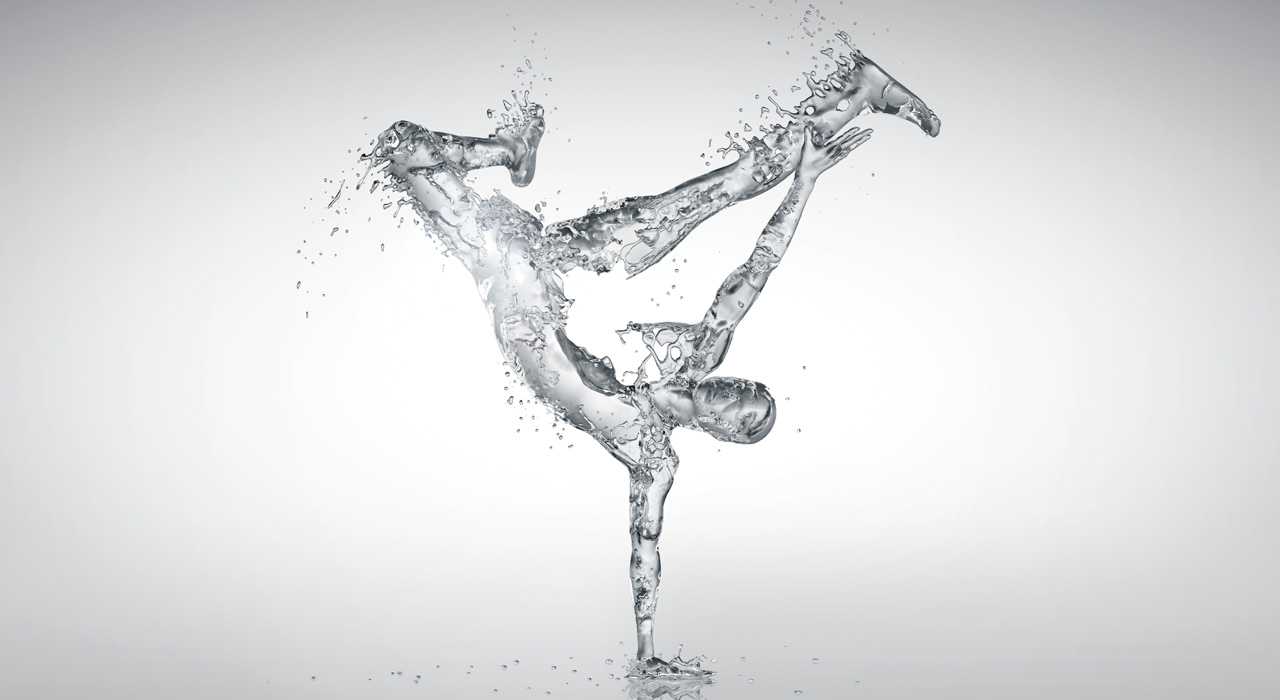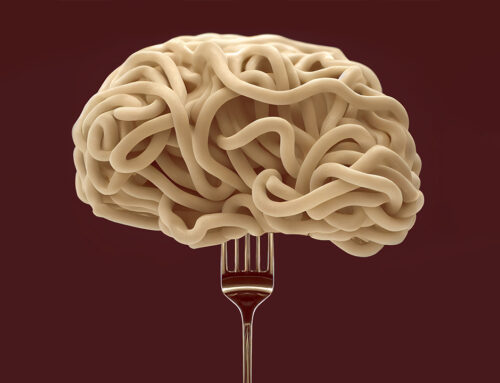Unless you’ve been living under a rock (and clearly not one of those that has water running through it), you’ll be aware of all the different types of water knocking around on supermarket shelves and in health food stores worldwide.
From reverse osmosis, vitamin-enriched, to alkaline water and even the strange looking, black water.
But, how does the quality of the wet stuff affect your longevity and performance? We take a big sip of the latest research to hydrate your health and maps his findings on an infographic at the end of this post.
A market for all different types of water
Around 10 years old, I remember racing my BMX home before the streetlights fire up. The air is humid and I’m drenched in sweat. The first stop before I go inside is the cool water from the hosepipe in my yard.
There’s been such a sea of change in our attitudes towards water that we spend almost $12 billion on bottles of it every single year. That’s about 167 bottles bought per person, every year.
You’ve seen the ads boasting a spring flowing from a picturesque mountainside, suggesting that bottled water will rejuvenate your body and mind.
You know they’re probably fake news, but you may just buy it anyway because thirst is the one thing that’s non-negotiable and it’s better than the cheap filth spewing from your tap – or is it?
We investigated the real truth about your water’s quality, its effect on your training and the types of hydration that may be sabotaging your performance.
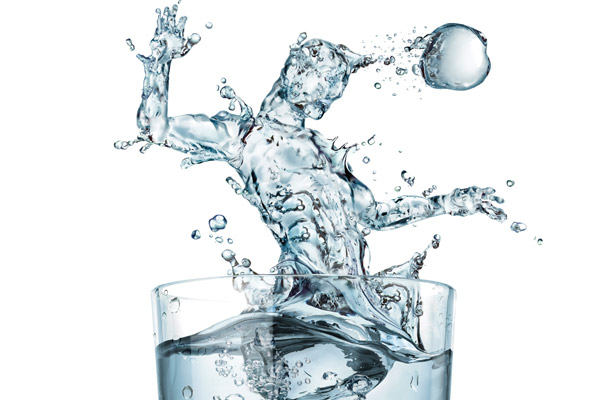
What’s wrong with tap water?
Turn your faucet and you’ll get beautifully clear water that’s perfectly safe to drink, right? Well, that’s what we all like to imagine, and governments will do their best to fulfill their end of the bargain by submitting mandatory reports on their water quality. However, nothing is foolproof.
Looking back to 2009, The New York Times published a report that found the water delivered to 49 million people in the US had illegal concentrations of evil chemicals like arsenic, uranium and sewage formed in bacteria.
Yet, a paltry 6% of these law breakers were fined by the Environmental Protection Agency (EPA). Why? Those fines would have just been passed onto taxpayers who were drinking said water.
The state of water now
Fast-forward to 2016 and Harvard University research found that the water supplied to almost six million Americans had polyfluoroalkyl and perfluoroalkyl substances (PFASs) that exceed federally recommended safety levels.
These PFASs have close links to cancer, hormone disruption, high cholesterol and even obesity. So that extra water you’re glugging to get lean could actually be the reason your abs aren’t on show.
If you already had suspicions about the wares your plumbing has to offer, you did the smart thing and switched to bottled water, hence its stratospheric rise in popularity. But was that enough?
Perhaps not, because a four-year study by the Natural Resources Defense Council (NRDC) found there is no guarantee bottled water is cleaner or safer than tap.
On top of that, they discovered that as much as 25% of bottled water brands are just tap water and about 22% of all the brands tested contained chemicals at levels above state health limits in at least one sample.
Is your bottled water much better?
The NRDC says the federal government doesn’t require bottled water to be safer than tap water, while a paper in the Canadian Journal of Public Health sampled 76 water bottles used by students and almost two thirds had bacterial levels that exceeded drinking water guidelines.
The researchers suggest this was because the bottles had been stored at room temperature.
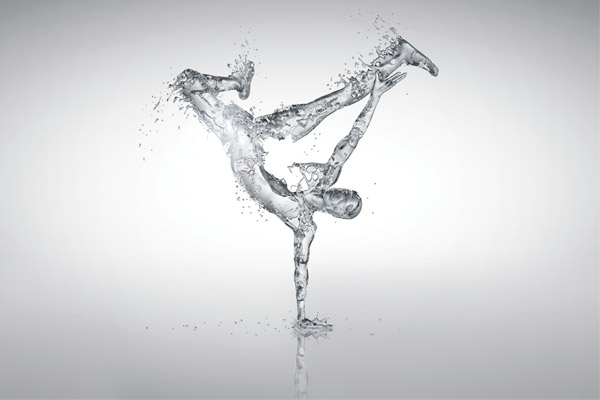
Fortunately, the UK Cancer Council states that there’s no convincing scientific evidence that harmful chemicals from plastic bottles are being leached into your pricey mountain spring water.
That said, it is impossible how long that assertion will remain true because the levels at which bottled water is being manufactured and consumed is still relatively new, so it’s impossible to ascertain what the research of the future will hold.
Before you decide to hedge your health bets and switch your hydration labors to soft drinks, or beer, you should understand what the perfect glass of water looks like.
The perfect type of water
What about rain? Surely, that’s the best water you can drink? The quality varies depending on where you live because dust, smoke and soot can get dissolved into the water before it falls to your roof.
For example, research at the University of California found that mercury levels in rainwater are rising in parts of North America, thanks to the burning of coal and other industrial activities.
The clues are actually in the past. Look at the Darwinian evolutionary chart and you’ll note you’re just a step or two away from your spear-toting forefathers.
That means your blood and guts are much the same as theirs, but to figure out how to be a healthy Fred Flintstone in the age of George Jetson, you need to look at the kind of water your body was designed to absorb.
This begins with human settlements, which have always been developed around an uncontaminated water source, such as a mountain fed spring.
This water was free from toxins and rich in trace levels of minerals. They’re important because there’s a security door attached to your cell walls and the keys to them are made from minerals.
The type of water you choose should offer more than thirst quench
The right balance of key minerals unlocks these doors and allows more water to get into your cells. However, that doesn’t mean that more minerals in your water will keep you hydrated enough to run the Death Valley Marathon without a drink.
Yes, you do need them, but these minerals need to be in trace amounts, as they’ll prove toxic in high concentrations. Fortunately, your body is smart enough to determine proficient, yet limited absorption of them.
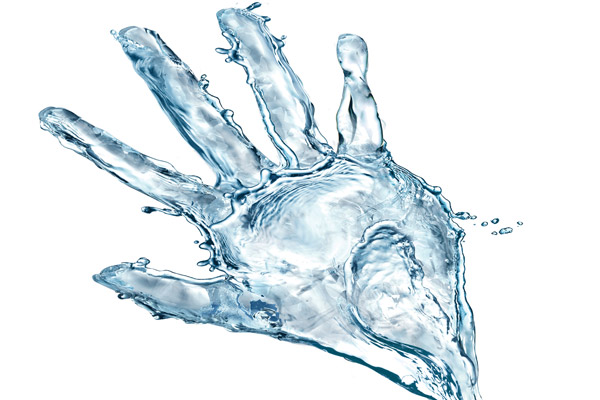
This vetting process is usually courtesy of your intestines and does contribute to your net mineral balance.
For example, a paper in the European Journal of Clinical Nutrition discovered that drinking magnesium-rich water increases the absorption and bio-availability of magnesium by as much as 60%.
The end result is water that not only hydrates you, but actually revs up your immune system. You wouldn’t be able to secure all your mineral needs from it but water should offer more than just thirst quenching because you want to excel, not just sustain.
Is alkaline water the solution?
While trace quantities of key minerals are vital to being healthy, they will also give the water a pH that’s alkaline.
This is become a marketing buzzword because the chemistry indicates most tap water’s pH is acidic or neutral, though this does vary geographically – if you want to check yours just dab some inexpensive litmus paper on it to get a reading.
The gauge for acidity, alkalinity, or basic is known as the pH value. A pH value of seven means a substance is neutral.
The lower value indicates acidity and a higher value is a sign of alkalinity.
Research in the Journal of the International Society of Sports Nutrition found alkaline water helped keep exercisers more hydrated, both during and after training.
That makes complete sense if you consider the electrolyte drinks, aimed at hydrating endurance athletes during extreme bouts of training, are primarily loaded with magnesium, sodium and potassium – the core minerals in alkaline water.
Alkaline water optimal for health, fitness and muscle gains?
Alkalinity has a huge upside in this arena because research in the Journal of the International Society of Sports Nutrition found that when athletes alkalized their body by way of an alkaline supplement, they pushed back their lactate threshold, had significantly lower cardio stress, less lactate in their blood and more upper body power.
Muscle-chasers also stand to gain from this form of water. If your body is heavily acidic, thanks to a high intake of protein, counterbalancing this can preserve muscle mass in conditions where muscle wasting is common, such as diabetic ketosis, trauma, sepsis, chronic obstructive lung disease, and renal failure, found a paper in Current Opinion in Clinical Nutrition and Metabolic Care.
The best way to drink any type of water
The benefits of drinking water are obvious, but what’s the best way to transport it? While it’s not convenient, glass is still the gold standard and has a zero risk of anything bad, such as BPA plastics, leaking into your water.
Yes, it’s inconvenient and easy to break, but your health is just as fragile.
Get one with a tough plastic outer casing to and it’ll be durable to your hardwearing lifestyle. Will I ever drink from my hosepipe again?
Hell yes, especially when I’m the garden and it’s hot, but my bottle is filled with home brewed, alkalized water. I always did like it, long before it was cool.
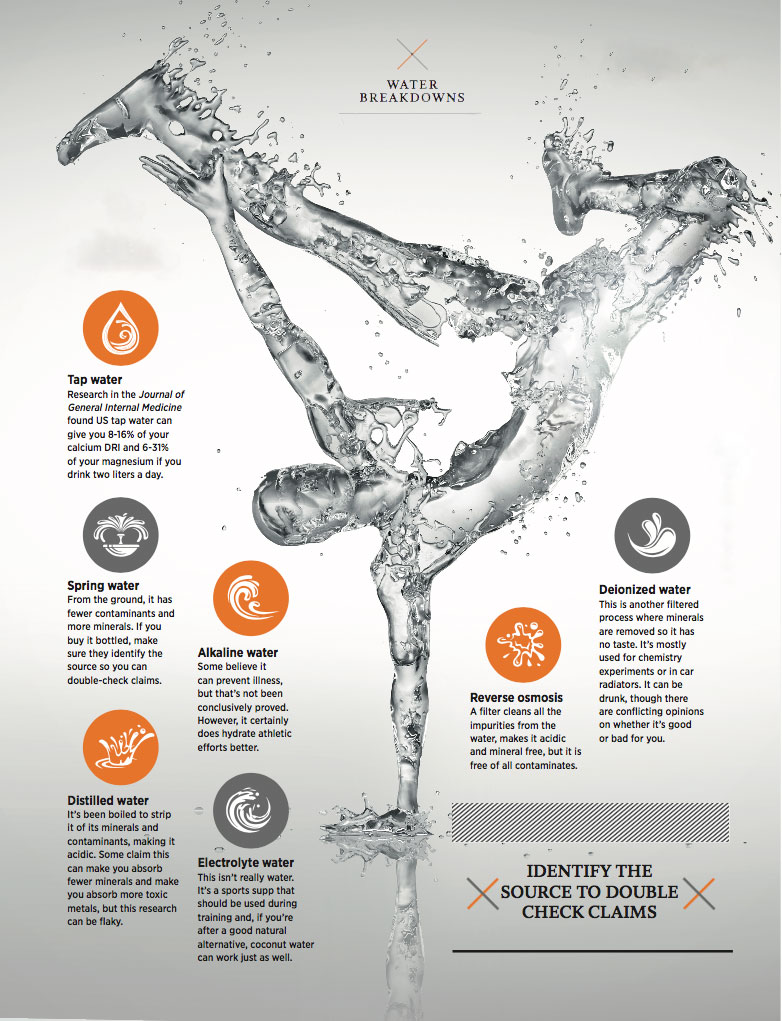
For more articles like the different types of water, training and nutrition, get TRAIN magazine direct into your inbox every month for free by signing up to our newsletter


